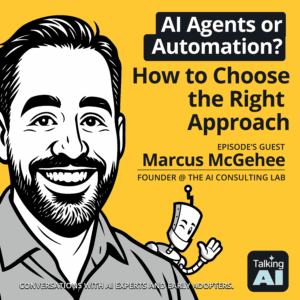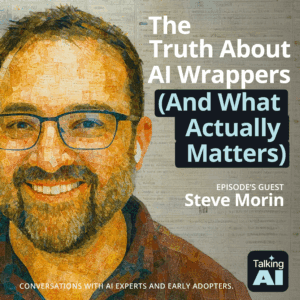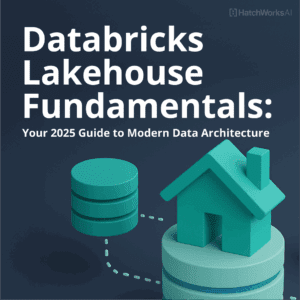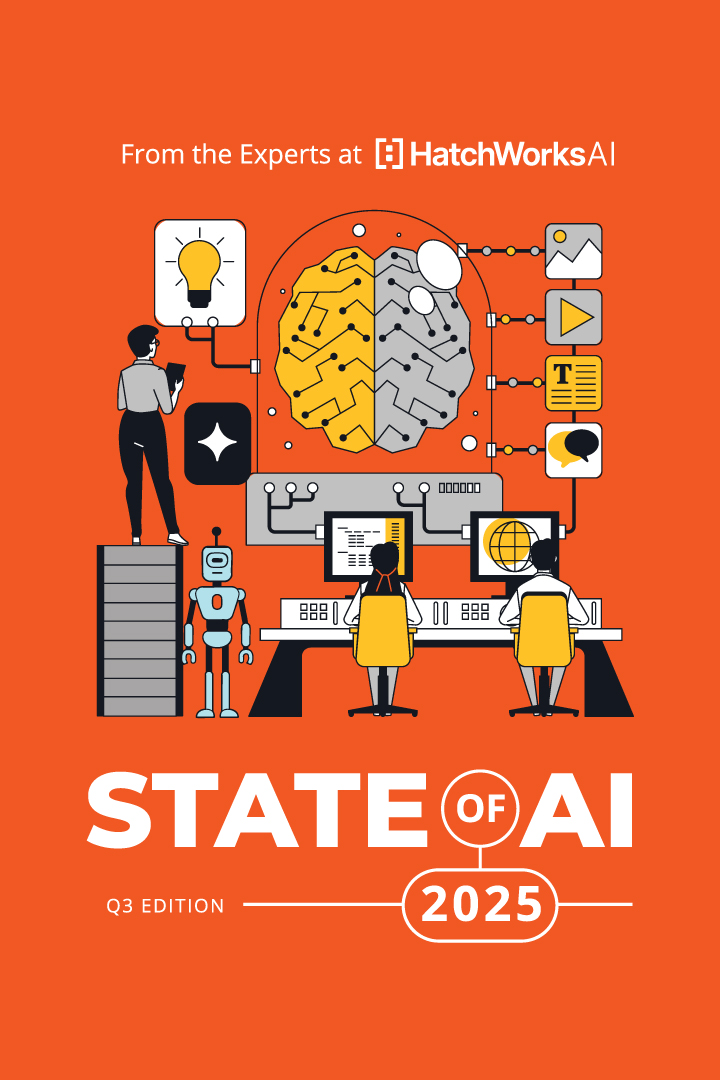You’ve poured your heart into building that groundbreaking ML model. Months of sweat, countless sleepless nights. But here’s the truth: without MLOps, it’s doomed to gather dust and go unused.
Why? Because deploying and maintaining ML models in the real world is completely different than creating them in a lab.
Imagine a world where your ML models make it past theory. Where deployment isn’t a nightmare, but a smooth, automated process. Where your models improve over time, adapting to new data without constant babysitting.
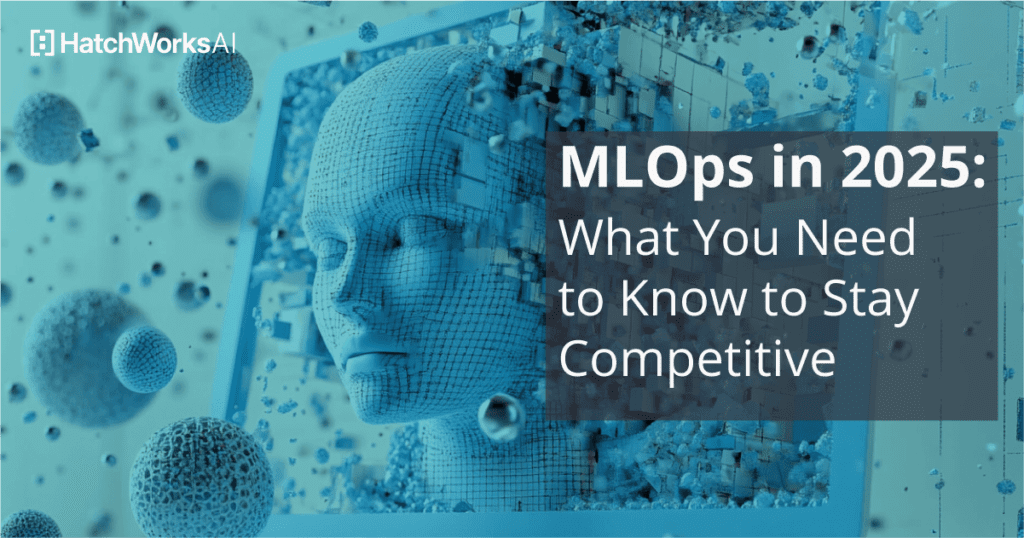
This is the reality for organizations that have mastered MLOps. And trust us, you want to be one of those companies.
This article is crafted to help. We’ll cover:
- The evolution of MLOps to get you the backstory
- Why MLOps matters
- The trends you should be aware of as we head into 2025
- Technologies that are shaping MLOps future
- 3 best practices to follow if you want to implement MLOps right
- A standout example of MLOps in action (It’s all about Zillow!)
- Challenges of MLOps and the solutions to overcome them
The Evolution of MLOps Up to 2025
TL;DR
Inspired by DevOps, MLOps emerged to streamline the ML lifecycle, addressing challenges like data dependencies, scalability, and model drift.
Frameworks like Kubeflow, MLflow, and TFX introduced version control, containerization, and automation to ML workflows.
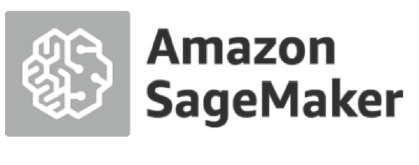
End-to-end platforms like AWS SageMaker and Google Cloud AI enabled scalable pipelines, while tools like DVC and Feast improved collaboration and data management.

Large language models (LLMs) like GPT demanded advanced MLOps practices, including fine-tuning, hybrid cloud deployments, and real-time model monitoring.
Regulatory frameworks like Europe’s AI Act pushed for AI governance, fairness, and accountability in MLOps workflows.
Hyper-automation, edge computing, and sustainable AI practices will define MLOps, enabling industries to scale AI solutions and address ethical challenges seamlessly.
MLOps has become the backbone of AI innovation, transforming machine learning dreams into operational realities across industries.
The early days of Machine Leaning saw messy data, unpredictable outputs, and model drift. And so, to counter that chaos, Machine Learning Operations (MLOps) was born.
Early frameworks like KubeFlow and MLflow emerged around 2018.
These frameworks hinted at a future where experimentation and production could coexist, with processes for version control, containerization, and automated deployments.
By 2020, things got interesting. AWS SageMaker, Google Cloud AI, and Azure ML delivered scalable pipelines and automated workflows, while specialized tools like Feast and DVC enhanced data management and team collaboration. The adoption of CI/CD principles transformed model deployment from a manual effort into a streamlined, automated process.
Organizations found they could deploy more models faster, with fewer hiccups and better results. AI was no longer something to experiment with; it was becoming an integral part of how businesses operated.
MLOps Meets Generative AI
By 2023, generative AI and large language models (LLMs) like GPT reshaped the landscape.
These models were BIG and unlike anything people had seen before. But their size and complexity introduced new challenges: fine-tuning, serving at scale, and monitoring in real time demanded an evolution in MLOps workflows.
Model observability became a hot topic as organizations raced to detect drift and errors before they spiraled out of control.
Hybrid cloud and edge solutions pushed the boundaries of scalability, enabling AI to operate on everything from supercomputers to IoT devices.
Meanwhile, compliance frameworks like Europe’s AI Act forced organizations to rethink how they managed governance and accountability in their AI systems.
With 2025 here, the field is moving toward hyper-automation, with workflows that can retrain and redeploy models autonomously, learning and adapting without human intervention.
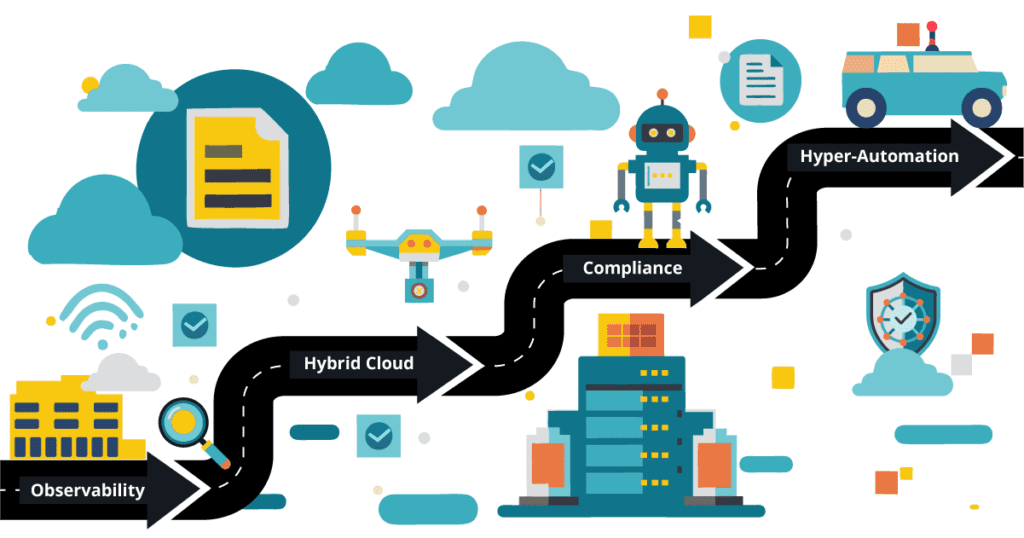
Edge computing will take center stage, as industries from healthcare to retail deploy localized AI solutions that respond in real time.
It’s an exciting time for MLOps and absolutely essential to master it if you hope to leverage AI to its maximum potential.
Why MLOps Matters More Than Ever
Think MLOps is optional? Think again.
MLOps provides the infrastructure to turn experimental models into robust, production-ready systems. It automates critical workflows like model retraining, versioning, and deployment, ensuring models adapt to changing data and environments.
Without it, deploying ML models into production is slow, error-prone, and unsustainable at scale. Companies that don’t adopt MLOps risk falling behind as competitors harness faster deployments and more reliable model performance to seize market opportunities.
For data scientists, MLOps removes bottlenecks, freeing them from tedious manual tasks so they can focus on building better models.
For ML engineers, it standardizes deployments, making it possible to scale solutions without constant firefighting.
Simply put, without MLOps, Machine Learning can’t scale—and without scale, it fails to deliver.
Key Trends Shaping MLOps in 2025
In 2025, three key trends are driving the next wave of innovation in the field.
Automation in Model Training and Deployment
Integration of MLOps with DevOps
Increased Focus on Model Governance and Compliance
Automation in Model Training and Deployment
Advancements in automation have streamlined every stage of the ML pipeline, from training to deployment. Tools now enable automated retraining triggered by data changes or model drift, ensuring models stay accurate and relevant in dynamic environments. Automated deployment pipelines further enhance efficiency, allowing businesses to push updates at the click of a button.
This automation reduces manual intervention, freeing teams to focus on innovation. It also supports rapid scaling, enabling organizations to deploy and maintain hundreds—or even thousands—of models simultaneously.
Integration of MLOps with DevOps
The boundaries between MLOps and DevOps are blurring as organizations adopt unified practices. By integrating MLOps into DevOps workflows, teams can streamline processes, foster better collaboration, and create end-to-end pipelines for both software and ML models.
Unified teams benefit from shared tools, such as CI/CD pipelines adapted for ML, and from reduced silos between data science and engineering. This convergence ensures faster deployments and a more cohesive approach to managing infrastructure.
Increased Focus on Model Governance and Compliance
As the use of AI expands, so does the need for ethical AI practices and regulatory compliance. Governments are getting involved. In addition to Europe’s AI Act, President Biden put out an Executive Order in 2023.
In response to regulations and the need for ethical use, organizations are investing in tools that track data provenance, log model decisions, and provide transparency into model behavior.
Best practices include implementing monitoring systems for bias, drift, and fairness, as well as automating compliance reporting.
Emerging Technologies Influencing MLOps
Who’s behind the exciting trends and advancements in MLOps? Below we introduce a few that are leading the pack.
AI-driven MLOps Tools
AI is now optimizing its own operations and automating complex processes in MLOps like hyperparameter tuning, drift detection, and model retraining.
By analyzing large datasets and generating actionable insights, AI-driven MLOps solutions reduce operational overhead and accelerate time-to-deployment.
Need an example? Platforms like Amazon SageMaker Clarify use AI to monitor performance, detect anomalies, and recommend adjustments in real-time.
This trend allows organizations to focus on innovation rather than manual maintenance, which can make all the difference in how impactful ML and AI can be in your business.
Edge Computing and MLOps
As edge devices become more powerful, deploying ML models directly on these devices is gaining traction. Edge MLOps enables real-time decision-making in environments with limited connectivity, such as autonomous vehicles or IoT sensors.
However, this shift introduces challenges, including limited computational resources, latency, and model updates.
And solutions like ONNX Runtime and TensorFlow Lite help optimize models for edge environments, while automated deployment pipelines ensure seamless updates without downtime.
Containerization and Orchestration
Technologies like Docker and Kubernetes are foundational to modern MLOps.
Containers encapsulate ML models and their dependencies, ensuring portability across environments, from development to production. Kubernetes provides the orchestration needed to manage large-scale deployments, balancing workloads and ensuring high availability.
The benefits are clear: containerization enhances scalability, reduces deployment errors, and simplifies collaboration between teams.
A Look at How MLOps Powers Smarter and Faster Model Training
Modern MLOps platforms accelerate exploratory data analysis through automated workflows that process and validate data at scale, ensuring quality input for training pipelines.
Key innovations include distributed training across multiple GPUs/TPUs and automated hyperparameter optimization tools like Optuna. These advances help teams iterate faster and produce a better-performing trained model. The integration of automated testing and validation ensures models meet performance benchmarks before deployment.
By streamlining collaboration between data science teams and engineers, MLOps creates efficient pipelines that move models from development to production while maintaining accuracy and reliability. These improvements translate directly to stronger business outcomes through faster deployment and more robust models.
Best Practices for Implementing MLOps in 2025
Of course, you can’t just implement MLOps and assume it will solve all your messy data and model drift problems.
You need to implement it correctly. Here’s where we help—three easy to follow best practices we recommend to friends and clients alike.
You’ll Need Collaboration Between Your Data Scientists and IT Team
Effective MLOps thrive on cross-functional collaboration. Data scientists, ML engineers, and IT teams must work in sync to ensure smooth model development and deployment.
This collaboration can be facilitated through shared tools like Git for version control and Jira for task management, ensuring transparency across workflows.
Regular stand-ups and integrated communication platforms like Slack or Microsoft Teams also foster alignment. By breaking down silos, teams can address challenges proactively, reducing friction and accelerating deployment timelines.
And really, with or without MLOps you should be following these practices.
Continuous Integration and Continuous Deployment (CI/CD) for ML Models
Applying CI/CD principles to machine learning ensures seamless updates and reliable deployments. In 2025, automated pipelines are critical for retraining models, testing changes, and deploying updates with minimal downtime.
Tools like GitHub Actions, Jenkins, and MLflow support CI/CD for ML, automating workflows from code integration to production.
By embedding CI/CD into MLOps, organizations can keep models up-to-date, mitigate errors, and adapt swiftly to new data or business requirements.
Automated Monitoring and Maintenance of Deployed Models
Deployment is only the beginning. Maintaining model performance requires ongoing monitoring to detect issues like model drift, bias, or performance degradation.
Tools such as Prometheus, Datadog, and specialized platforms like WhyLabs provide real-time monitoring and analytics.
When drift is detected, automated workflows can trigger retraining using updated data. Scheduled maintenance ensures models remain accurate and aligned with dynamic environments, minimizing risks and maximizing ROI.
Challenges and Solutions in MLOps Adoption
While MLOps offer transformative benefits, businesses often encounter significant hurdles when adopting these practices.
Common challenges include:
- siloed teams
- lack of standardized workflows
- the complexity of integrating MLOps tools into existing systems
Siloed teams are one of the most persistent obstacles. Data scientists, ML engineers, and IT operations often operate in isolation, leading to misaligned goals and delayed deployments.
To overcome this, companies must foster a culture of collaboration. For example, Netflix promotes cross-functional alignment by using shared platforms like Metaflow, ensuring seamless communication between teams.
Another barrier is the complexity of tool integration. Many businesses struggle to unify disparate tools for data versioning, model training, and deployment. Adopting end-to-end platforms like AWS SageMaker or Google Cloud Vertex AI can simplify workflows, providing a centralized environment for managing the entire ML lifecycle.
Finally, a lack of standardized processes often leads to inefficiencies. Organizations like Airbnb have addressed this by implementing CI/CD pipelines tailored for ML models, reducing manual intervention and improving consistency.
Successful MLOps adoption requires a combination of cultural shifts and strategic tool investments.
By focusing on collaboration, simplifying workflows, and embracing automation, businesses can overcome obstacles and unlock the full potential of MLOps, driving impactful AI deployments at scale.
MLOps in Action: How Zillow Improves Real Estate Price Predictions with MLOps
Americans turn to Zillow when they want to understand the value of their homes. Zillow turns to MLOps to ensure those valuations are accurate, up-to-date, and reliable.
Let’s break down this real life, real estate use case for MLOps:
Zillow’s MLOps use case:
Zillow’s challenge was to keep its AI-driven Zestimate accurate and adaptable in an environment where market conditions and property data change constantly. Achieving this required an efficient system for deploying and maintaining machine learning models at scale.
Implementation:
To meet these demands, Zillow adopted MLOps practices that automated the entire ML lifecycle.
Continuous Integration and Continuous Deployment (CI/CD) pipelines were implemented to enable rapid updates to models, reducing downtime and human intervention. Cloud platforms like AWS facilitated scalable data processing, while robust monitoring systems flagged model drift and initiated retraining workflows.
These measures ensured models remained aligned with real-world market dynamics.
Outcomes:
By integrating MLOps, Zillow enhanced its ability to deliver accurate, real-time property valuations.
The improved reliability of the Zestimate not only strengthened user trust but also reinforced Zillow’s position as a leader in real estate technology.
With MLOps, Zillow transformed a complex challenge into a streamlined, scalable advantage—helping millions of Americans make informed decisions about their homes.
Additional Resources
Hungry for more MLOps and related content? Check out all that HatchWorks AI has to offer:
- LLMOps: The Hidden Challenges No One Talks About
- Building Bridges to LLMs: Moving Beyond Over Abstraction
- Harnessing Generative AI Tools for Modern Software Development
- Gen AI Hacks That Will Cut Development Time in Half: How to Guide
- How to Use Small Language Models for Niche Needs in 2024
- Open-Source LLMs vs Closed: Unbiased 2024 Guide for Innovative Companies
You can also check out our Talking AI podcast and newsletter.
We speak to AI industry experts and discuss new developments in AI as they happen to keep you on the cusp of all that’s poised to give your business a new competitive edge.
We’re ready to support your project!
Instantly access the power of AI with our AI Engineering Teams.
